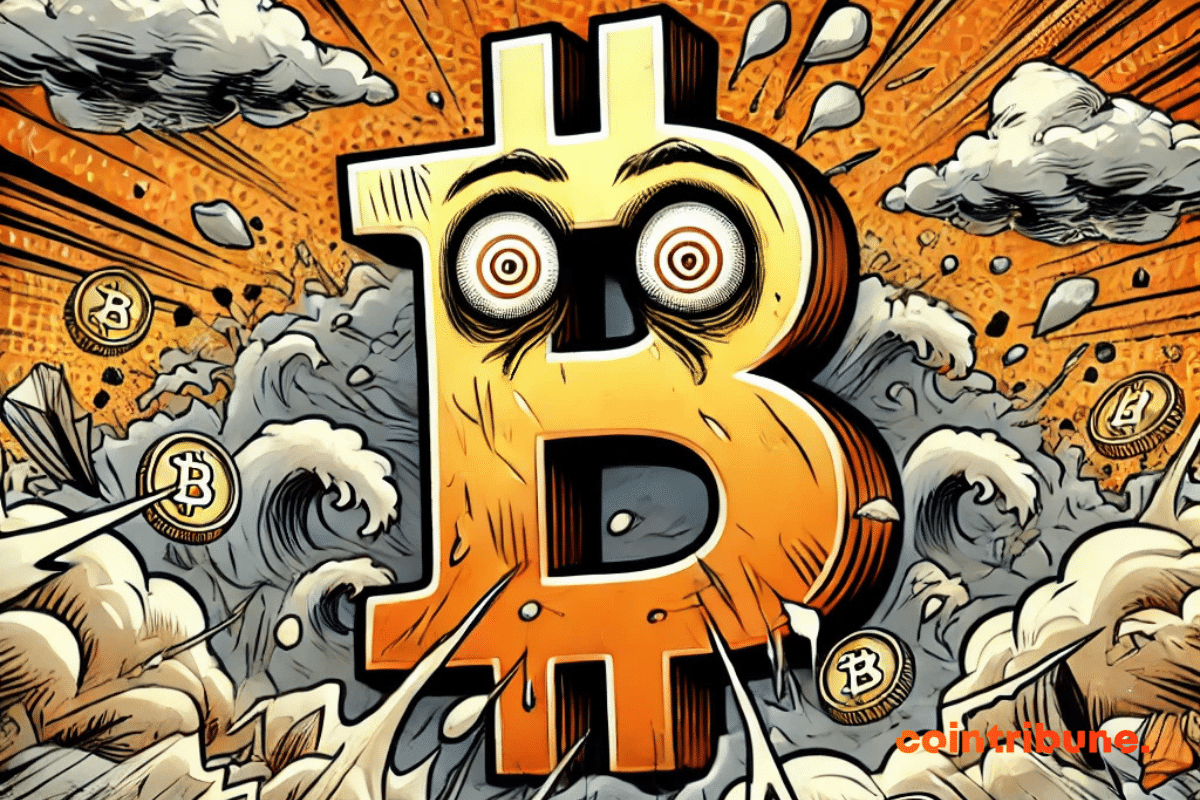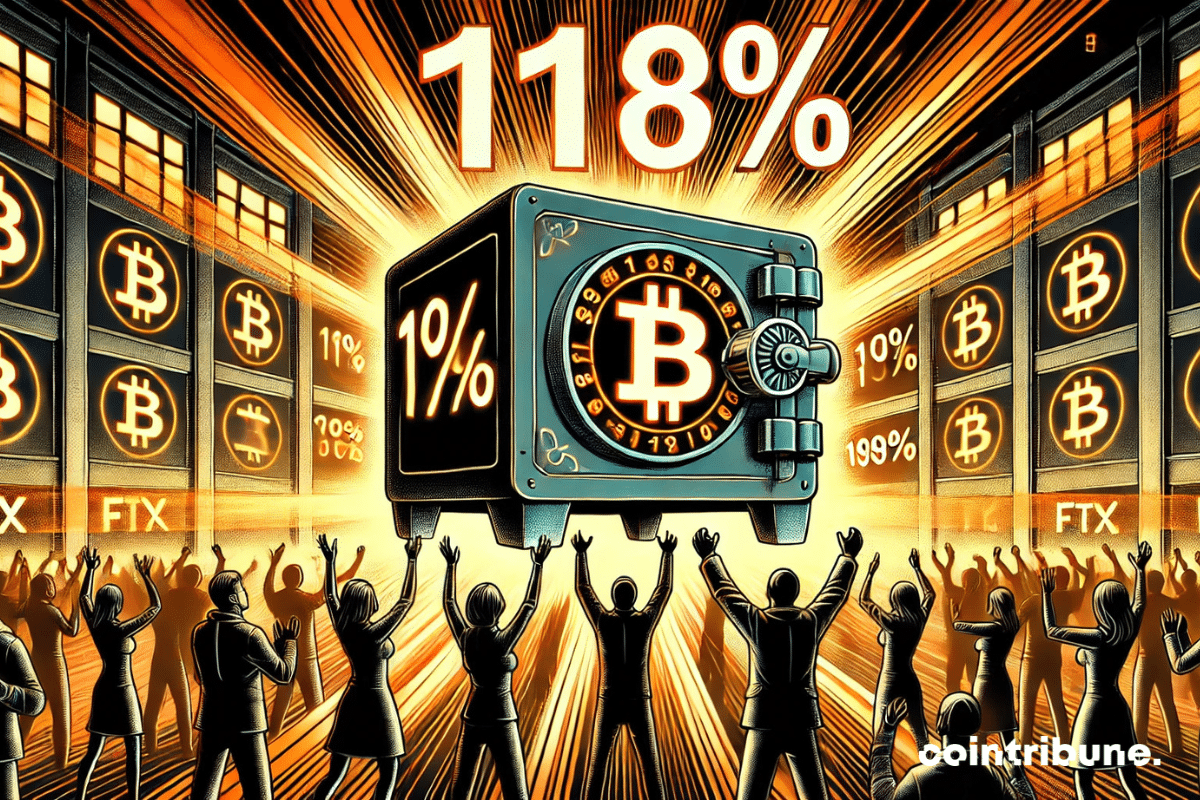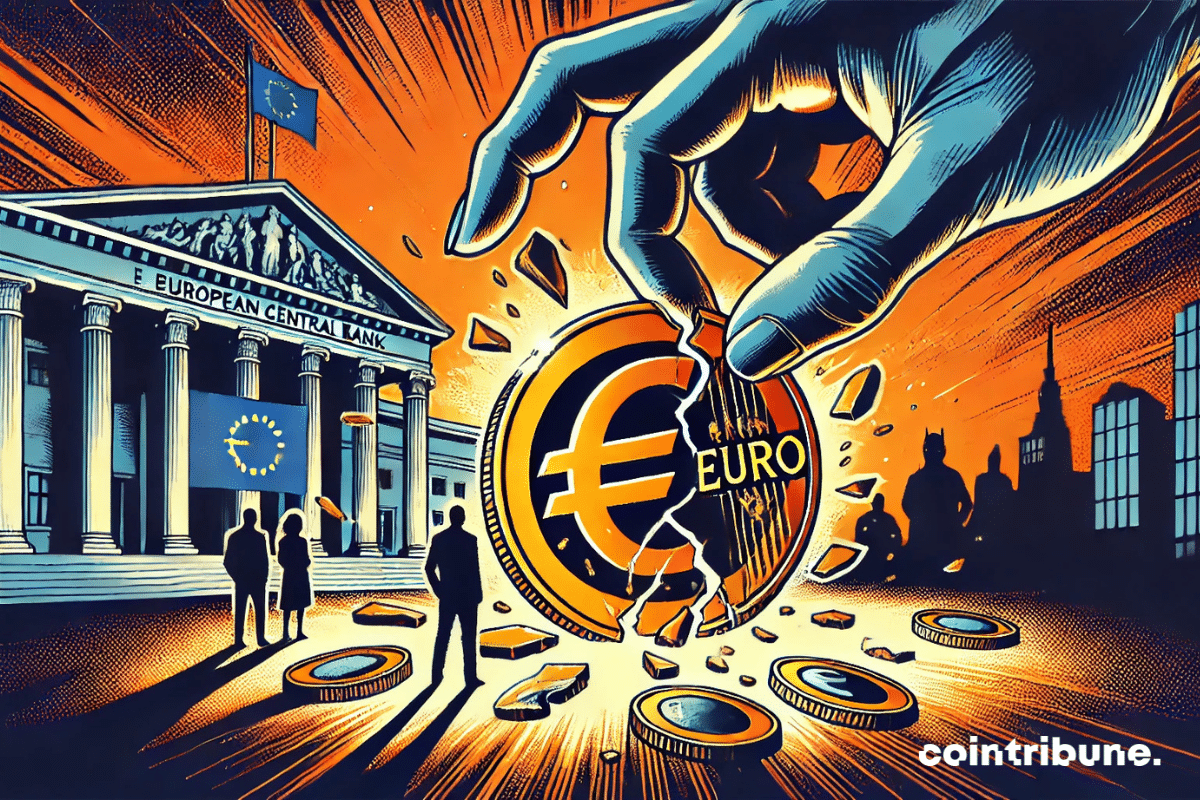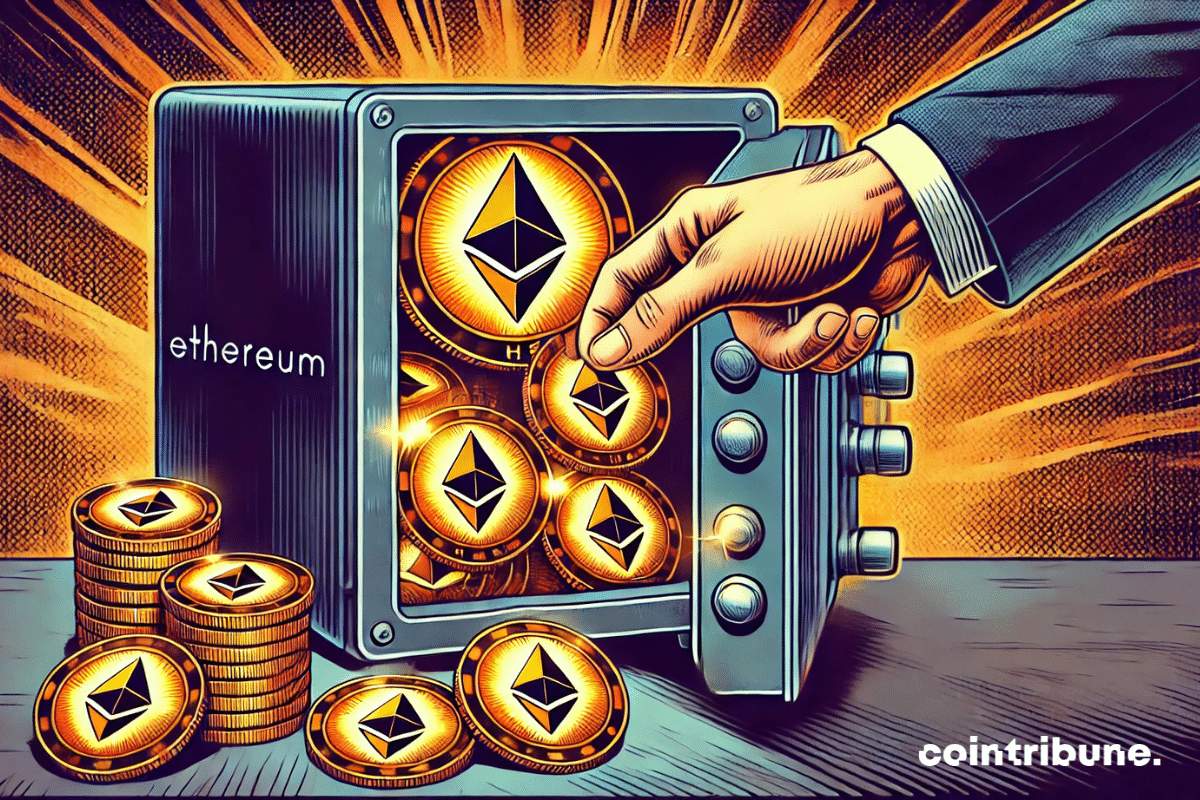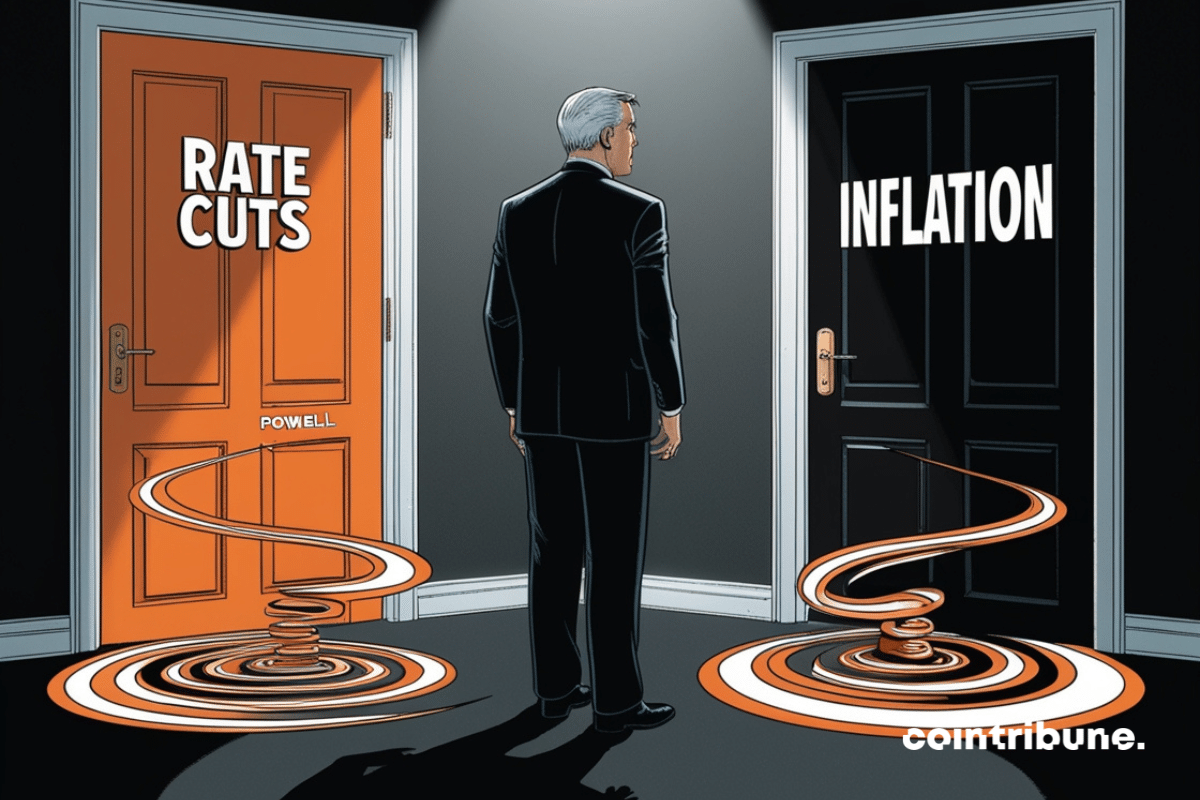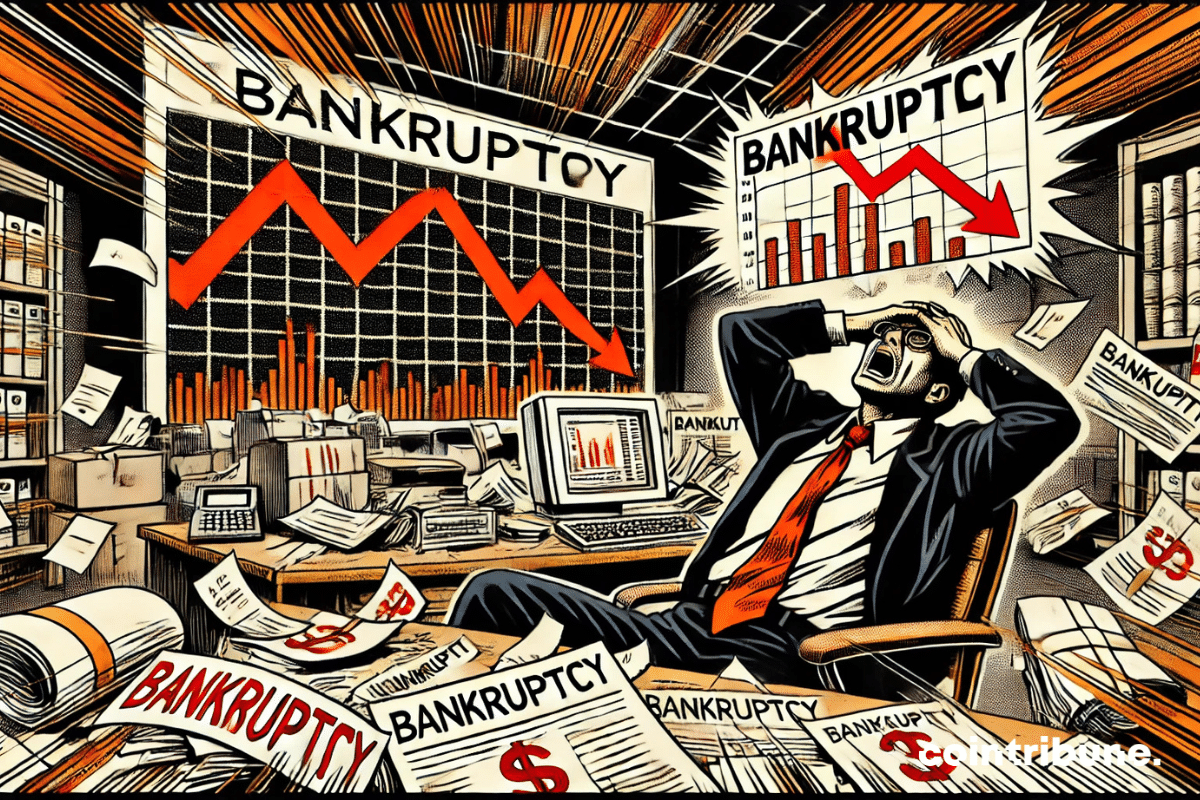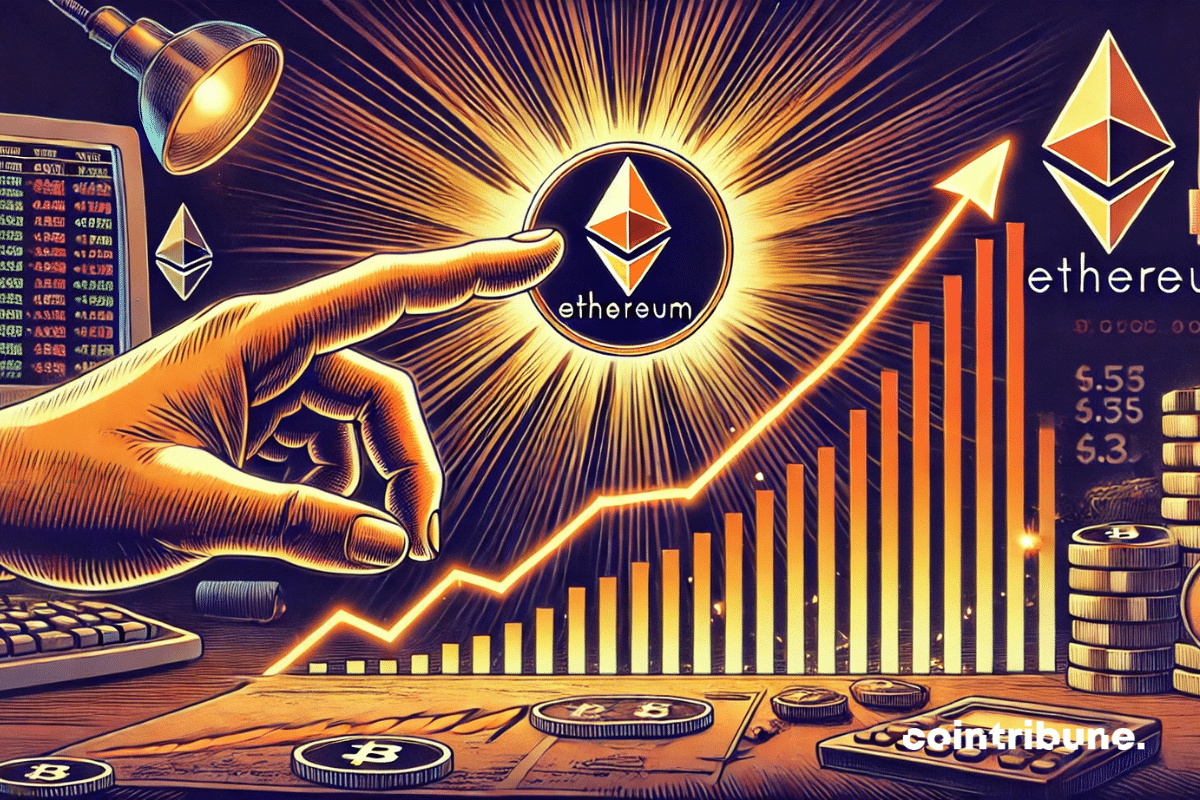Bybit, the crypto exchange platform, announces the cessation of its withdrawal and custody services for French users starting January 8, 2025. This decision comes as regulatory pressures intensify in the country.
News
Europe, always trailing Washington, should soon align itself by lifting the curse on bitcoin.
"In an age of universal deceit, telling the truth is a revolutionary act." This phrase by Orwell, taken from 1984, resonates strongly in our digital age and illustrates the struggle against censorship. Growing centralization threatens freedom of speech and individual sovereignty. States and institutions exploit censorship to control discourse, limiting innovation and diversity of ideas. Bitcoin stands as a powerful alternative to these drifts. Its decentralized architecture protects transactions and information from any attempts at control. By ensuring user autonomy, Bitcoin upholds the fundamental principles of a free and resilient civilization. Resisting censorship is crucial to preserving progress, openness, and creativity. In a world where censorship mechanisms proliferate, Bitcoin embodies a trust technology. This fight for freedom goes beyond economic issues: it lies at the heart of a genuine civilizational battle.
Since its collapse in 2014, the ghost of Mt. Gox continues to linger over the cryptocurrency market. Every movement of its Bitcoins raises questions and speculations, awakening old demons in investors. The latest episode: the transfer of 1,620 BTC valued at 172 million dollars, shortly after a new record for Bitcoin around 107,000 dollars. This is enough to stir the markets without shaking their stability.
In the ocean of cryptos, Ethereum dances. Whales are gorging themselves at 57%, and the song of analysts heralds a triumphant rise. Dark game or masterful bet?
The second edition of the global Web3 survey, conducted by Consensys and YouGov, reveals a growing adoption of crypto and Web3, with marked trends in emerging markets. The study also explores perceptions about blockchain, decentralization, and current challenges such as AI.
The bankruptcy of FTX has been a real earthquake in the history of the cryptosphere. It has deeply shaken investor confidence and revealed significant structural flaws within the industry. Nearly two years after its collapse in November 2022, the bankrupt exchange is back in the spotlight with an ambitious reorganization plan, recently validated by the American judiciary. This plan includes an unprecedented repayment to creditors, which will begin on January 3, 2025, with a promise of restitution of up to 118% of the declared debts. To orchestrate this operation, FTX relies on well-known players in the sector. Kraken, experienced in such procedures after having played a key role in managing the Mt. Gox case, and BitGo, an expert in secure crypto custody, have been chosen to handle the repayments. Their involvement offers both security and transparency, two essential values to regain the trust of the creditors and ease the persistent tensions.
Ripple recently announced the official launch of its stablecoin RLUSD, scheduled for this Tuesday, December 17, 2014. This news has generated great enthusiasm in the crypto community, with optimistic forecasts for the price of XRP. Is a new ATH on the way?
The sector of crypto related to artificial intelligence is experiencing rapid growth in 2024. After a chaotic period marked by high volatility and geopolitical challenges such as U.S. restrictions on AI chip exports to China, the market has regained new momentum. This spectacular recovery has resulted in a 208% growth over the year, propelling the total market capitalization of the sector to $61.5 billion. Several dynamics are at play behind this remarkable rebound. On one hand, the increasing adoption of blockchain solutions powered by artificial intelligence has bolstered the credibility of these technologies. On the other hand, the heightened demand for utility tokens that can support expanding ecosystems in areas such as gaming, entertainment, and decentralized services has solidified this trend.
After a consolidation phase under its previous peak, Bitcoin establishes a new ATH, confirming its bullish momentum. Let's examine the prospects for BTC's evolution.
Investor exodus hits Grayscale Bitcoin Trust: 21 billion dollars evaporated in one year. The details in this article!
Bitcoin recently reached a new all-time high (ATH) of $107,600, marking a significant milestone in the evolution of cryptocurrency. This spectacular rise occurred after a landmark event in the crypto ecosystem.
Mark Longo, owner of Peanut the Squirrel, has launched an offensive against Binance, accusing the crypto platform of unauthorized use of his trademark to promote the memecoin PNUT.
There are fewer and fewer people to criticize Bitcoin as it reaches 100,000 dollars, thanks to a convinced American government.
The European economy is going through a period of instability where geopolitical tensions are intertwined with a significant slowdown in growth. In this uncertain context, the European Central Bank (ECB) is faced with a major challenge: to reconcile the need to contain inflation with the urgency of revitalizing a weakened economy. To address these issues, the institution led by Christine Lagarde announced a new reduction in its key interest rate, lowered by 25 basis points to 3%. This decision, the third of its kind in six months, reflects a gradual and cautious approach. However, this choice triggers criticism. While some praise the continuity of this policy, others point out a lack of boldness, and even argue that more ambitious measures would be necessary to stimulate consumption and investment.
At the brink of chaos, RLUSD emerges, a fragile crypto star. Ripple anticipates scarcity and excitement, while traders are betting insane amounts on this still uncertain promise.
MicroStrategy, a well-known company for its massive investments in bitcoin, recently made a major new acquisition. Between December 9 and 15, 2024, the company purchased 15,350 bitcoins for a total amount of 1.5 billion dollars.
The Bitcoin/gold ratio, a key indicator of the purchasing power of crypto against the precious metal, has reached an all-time high of 40 ounces of gold per BTC. This performance reflects the spectacular rise of BTC, which has surpassed the $106,000 mark today, December 16, consolidating its role as the "new digital gold."
The crypto market is undergoing a major transformation, driven by the growing interest from institutional investors. Among the key players in this revolution, BlackRock stands out through the development of financial products specific to Bitcoin and Ethereum, the two most emblematic assets. According to Jay Jacobs, head of ETFs at the company, the funds dedicated to these cryptos still represent a largely untapped potential. With the assertion that current demand is just "the tip of the iceberg," he indicates that institutional adoption is still in the emerging phase. With assets under management already exceeding $54 billion for the Bitcoin fund (IBIT) and nearly $4 billion for the Ethereum fund (ETHA), these figures reflect the scale of a phenomenon poised to redefine investment strategies on a global scale.
A major move could redefine the outlook for Ethereum as the crypto market undergoes a consolidation phase. On December 14, an exceptional transaction of 418 million dollars, equivalent to 108,521 ETH, was recorded. This withdrawal, the largest seen since March, was made directly from exchanges, a decision that catches the attention of analysts and investors. Such a significant reduction in available assets on exchanges hints at a change in approach among Ethereum holders, who now seem to favor a long-term holding strategy. With the decrease in selling pressure, this move bolsters the assumption of a forthcoming price increase, fueled by positive technical signals. As Ethereum approaches key resistance zones, speculation about a return to the peaks reached in 2021 is growing.
The cryptocurrency market has recently been shaken by a major news: a massive influx of 148 billion dollars in stablecoins. This situation raises crucial questions for Bitcoin (BTC) investors and could have significant implications for the future of the world's most famous cryptocurrency.
Amid revolutionary announcements, technological advancements, and regulatory turbulence, the crypto ecosystem continues to prove that it is both a realm of limitless innovations and a battleground for regulatory and economic conflicts. Here is a summary of the most significant news from the past week regarding Bitcoin, Ethereum, Binance, Solana, and Ripple.
The price of Solana has recently recorded a decline of 16.8% from its yearly peak, reflecting a pause in the crypto momentum. Despite this correction, technical and fundamental signals suggest long-term bullish potential. Between descending wedges, regulatory support, and growth catalysts, SOL maintains hopes for a new push to higher peaks.
Under the Christmas tree of the global economy, Bitcoin sparkles. But behind the digital gold, the shadow of a storm is gently forming.
Cointribune is launching a new quest this Monday, December 16, 2024, especially dedicated to Read to Earn, which offers you the unique opportunity to learn while earning cryptos. The Read to Earn concept is based on an innovative model where users are rewarded for their engagement and consumption of content. Here’s how this quest works and how you can make the most of it.
The French Republic is experiencing a new institutional upheaval with the forced appointment of François Bayrou as Prime Minister.
Amid whispers of inflation and hopes for growth, the Fed is reshaping its horizons. Powell, with caution in hand, challenges a nascent economic storm.
An unprecedented crisis is shaking the global economy today: large companies, often seen as pillars of stability, are faltering under the weight of record failures. In the third quarter of 2024, 127 companies, each reporting revenues exceeding 50 million euros, declared bankruptcy. This statistic far exceeds the averages observed before the pandemic, revealing a critical acceleration of economic vulnerabilities. Such a phenomenon is set against a backdrop marked by the aftereffects of the health crisis and a rapid rise in interest rates, two factors that have put significant strain on companies' cash flows. At the same time, the end of the support measures put in place during Covid-19 has exposed many companies to increased costs and unavoidable restructuring. These failures, particularly concentrated in Europe, raise questions about the structural limits of certain sectors and the ability of companies to face a rapidly changing economic environment.
Since its rapid rise on the crypto scene as an iconic memecoin, Shiba Inu (SHIB) has established itself as a key player in this universe. This token, often seen as a lucrative opportunity by investors, seemed until now to capitalize on the enthusiasm of its community. However, the recent drop in its price constitutes an unexpected event. After reaching a spectacular peak, SHIB is undergoing a correction phase that raises questions about its long-term viability. Thus, the current situation highlights the fragility of market dynamics surrounding community tokens and prompts reflection on the challenges facing the Shiba Inu ecosystem, despite the unwavering support of its followers.
The crypto market is buzzing again with optimistic forecasts for Ethereum. While Bitcoin recently reached historical highs, analysts predict that Ether could follow suit and break new records as early as the first quarter of 2025.



